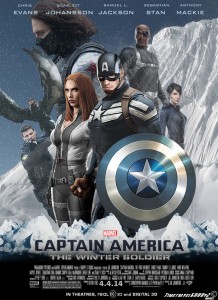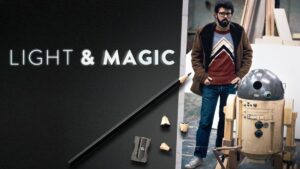.
I do not often post about the passing in notable people here. While there are artists of all arts that I enjoy, admire, and are fans of, I rarely feel any great emotional tug when they pass. Losing a parent at a young age can impress upon you with great force the truth that everyone dies.
I do want to make a note of the passing this week of SF author Vernor Vinge. He was a celebrated author, often credited with popularizing the concept of the technological singularity, the point where advancements in technology change humanity so completely that what exists on the other side is incomprehensible to those before the event. The reason I am making this post is not because of his talented writing, his impact on the field, or even his influence on the wider culture but because I had the good fortune to have met him on a few occasions.
I cannot say I knew him. Sharing a few panels at local SF conventions is not enough to truly know a person, but I was acquainted with Vernor.\
He was a kind man, a local celebrity who did not throw that weight around at conventions. Even away from the dim spotlight of small local conventions he remained a friendly and approachable person. Our paths crossed at San Diego’s airport once as he was flying out to an eclipse and my sweetie-wife and were departing for a convention. The time we shared before boarding our flights was pleasant and affable.
It is strange, perhaps, that such a kind and seeming decent man created one of the most chilling and evil cultures in literature. The Emergence from A Deepness in the Sky and their viral form of slavery frightened me in a manner rarely found from pages of text. The book and those villains were so compelling that I was unable to resist reading it on the bus home from work, despite the intense motion sickness reading on a moving vehicle provoked.
Vernor was talented, kind, and he will be missed.




